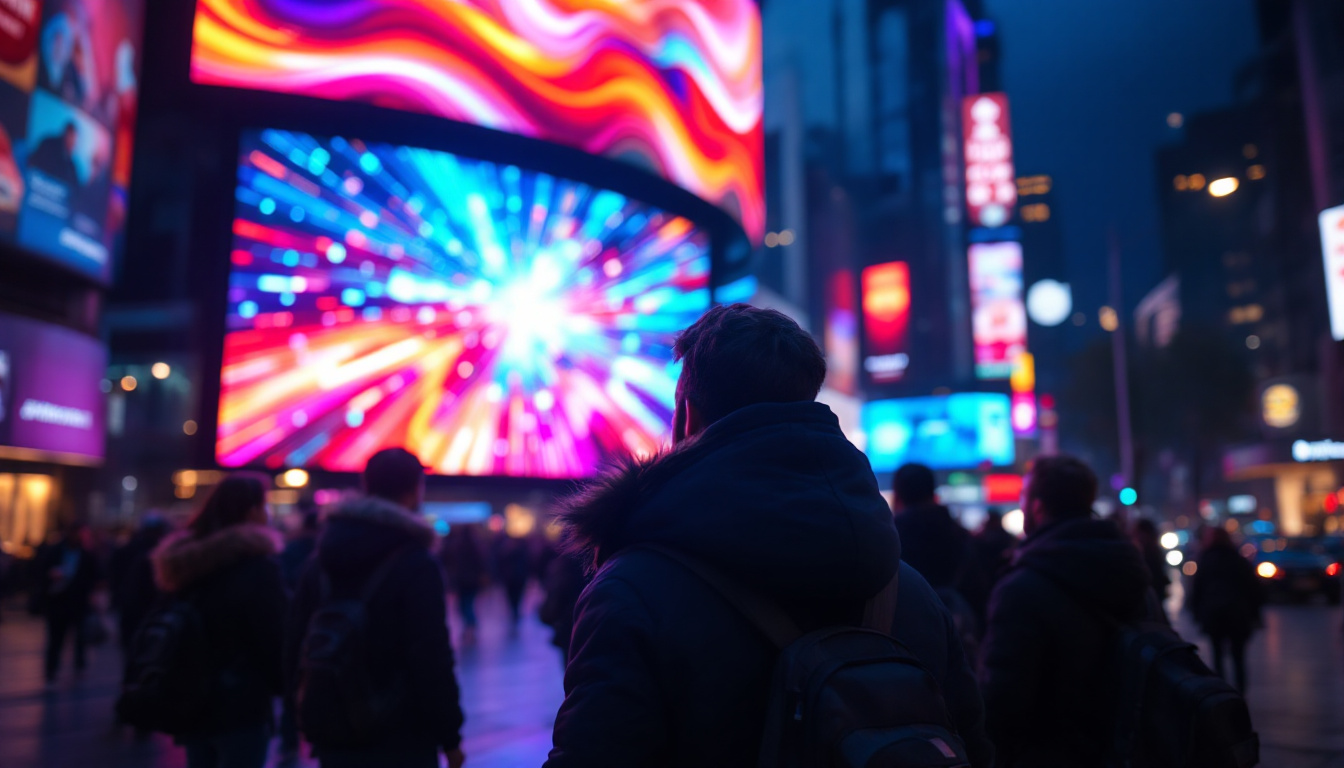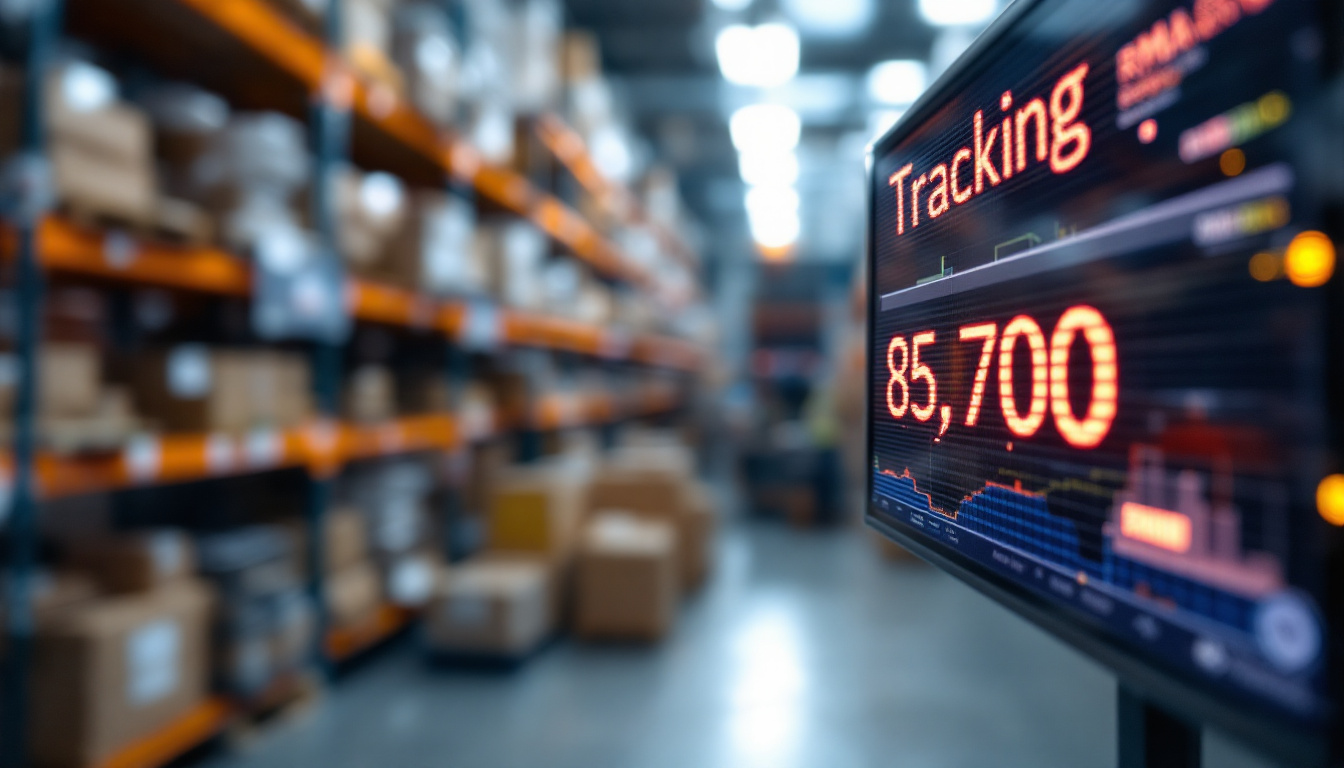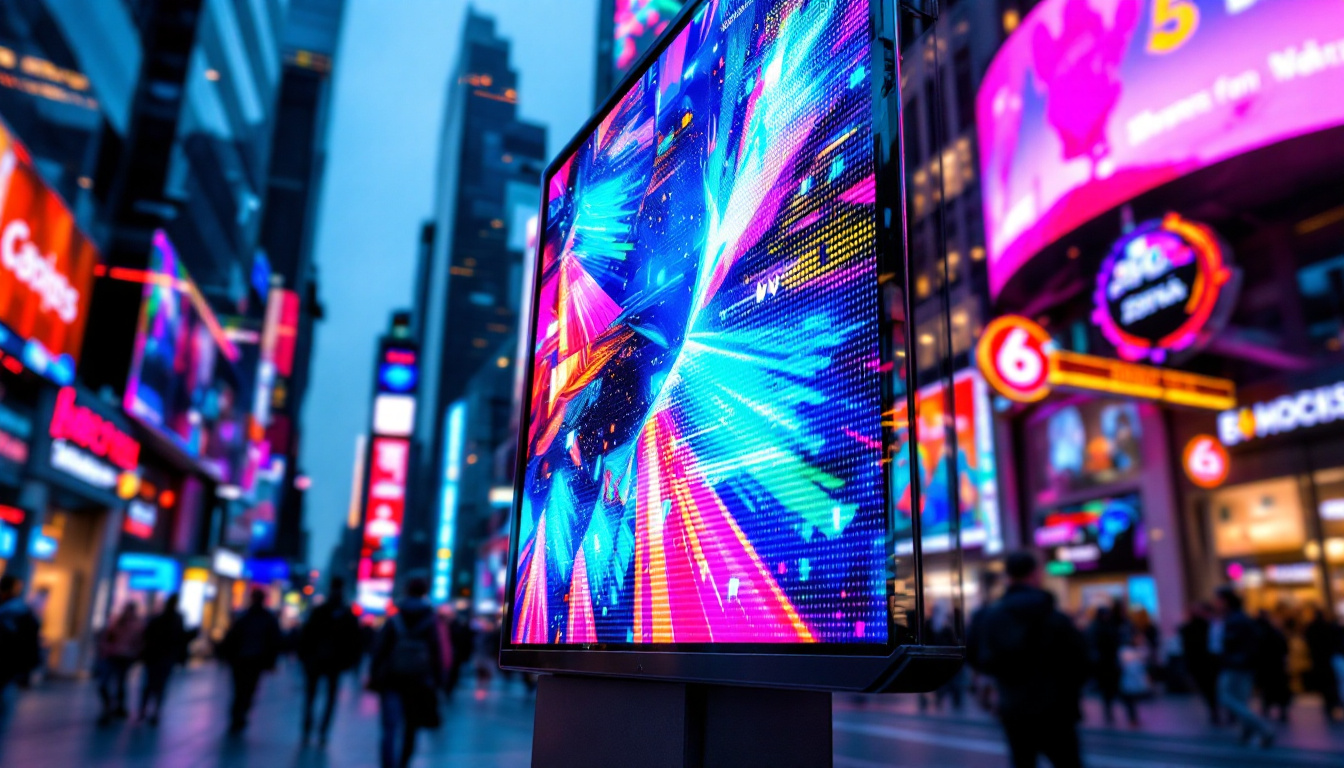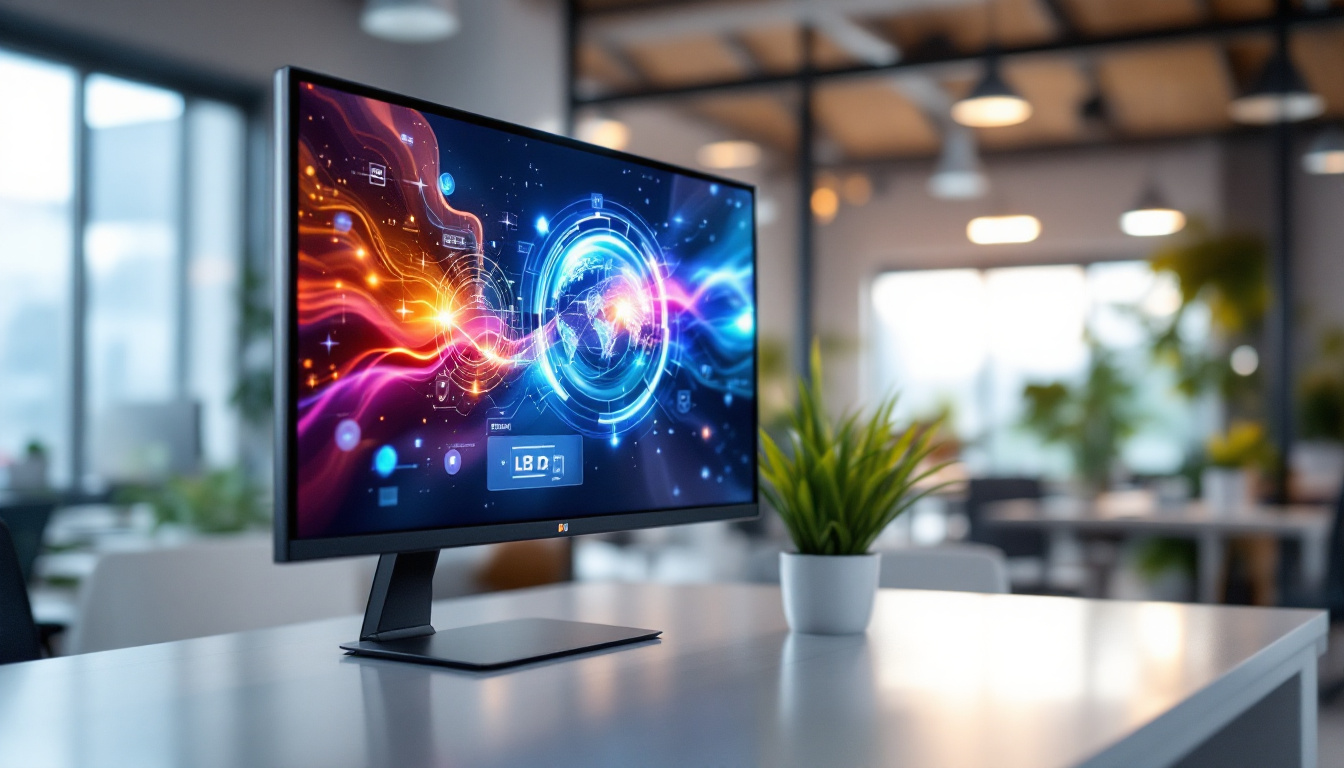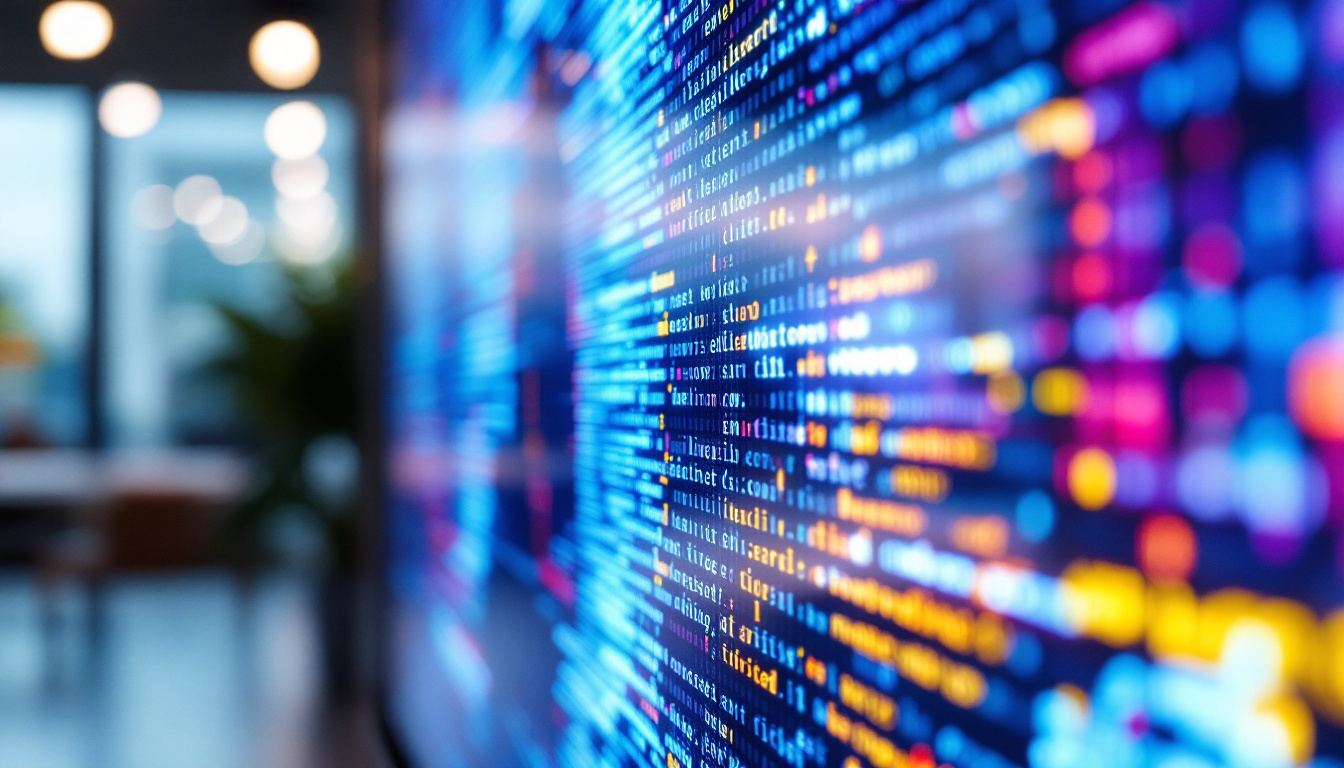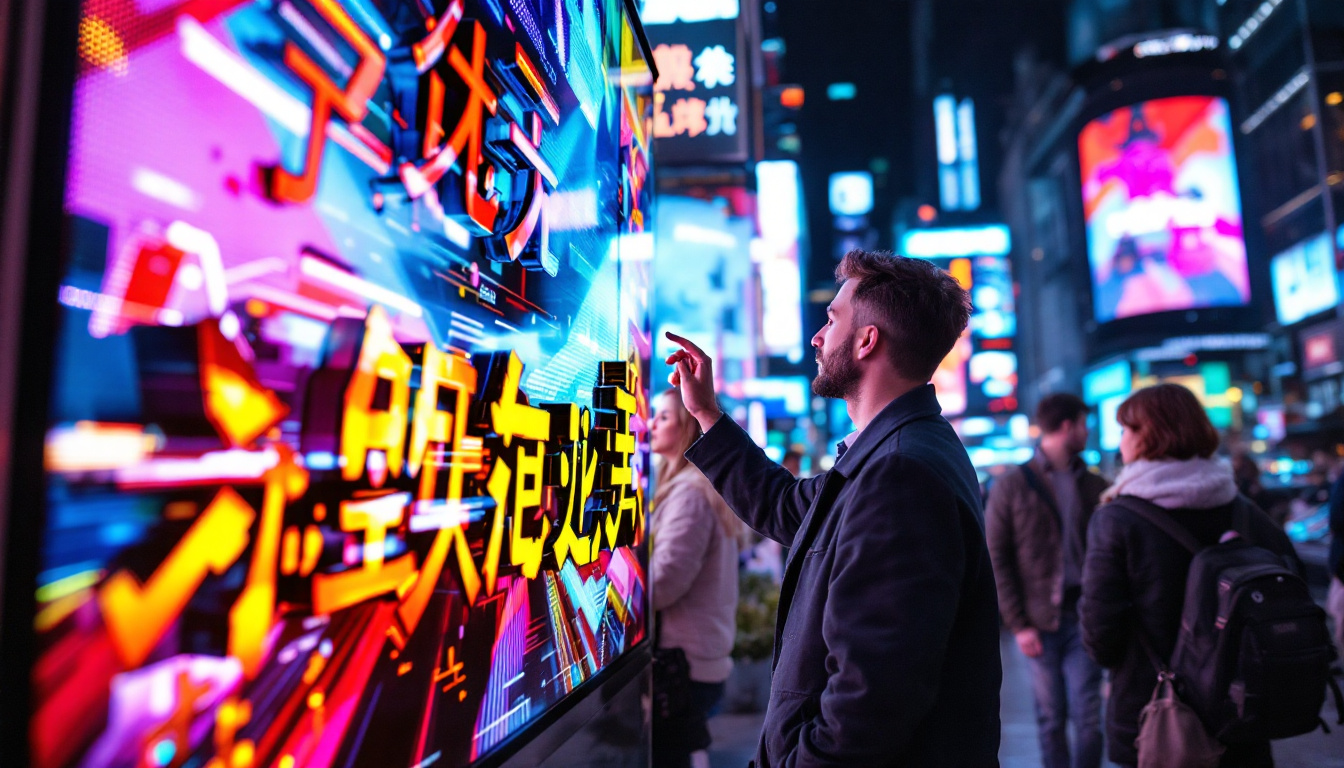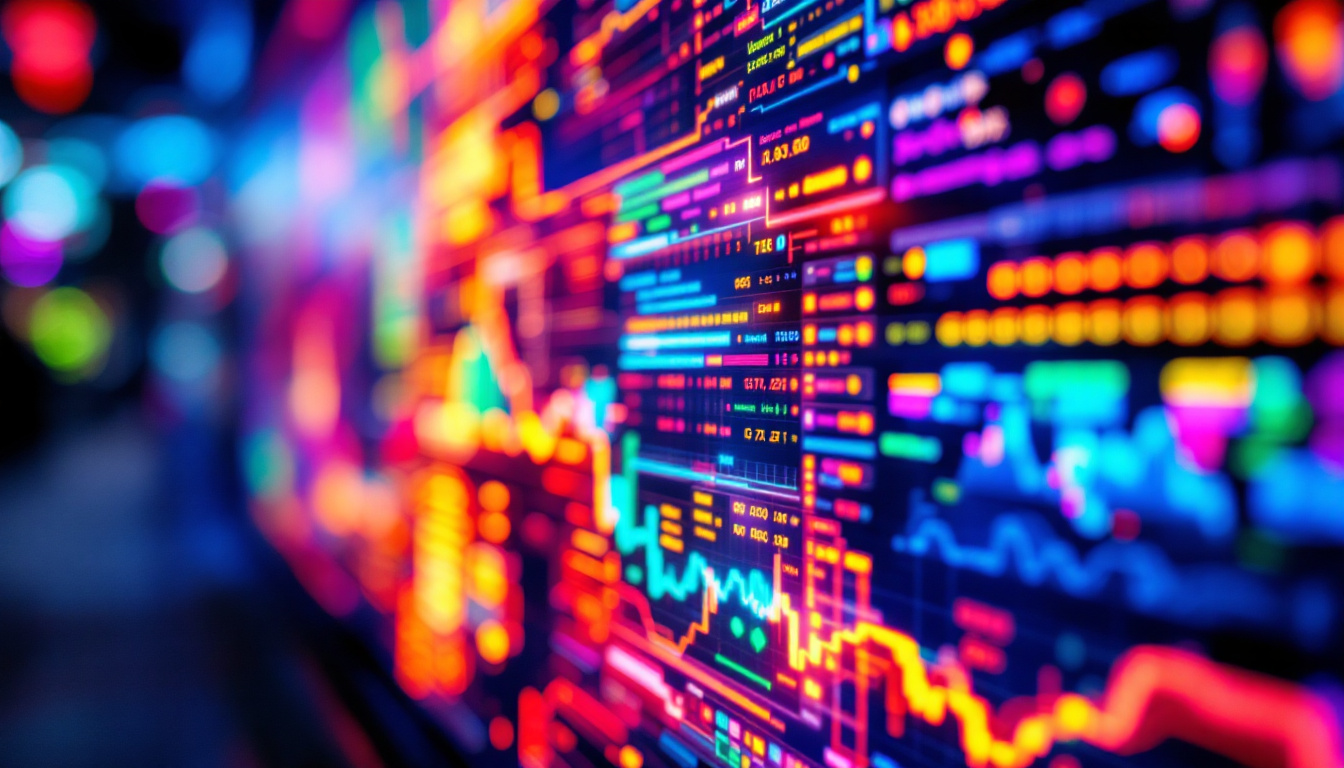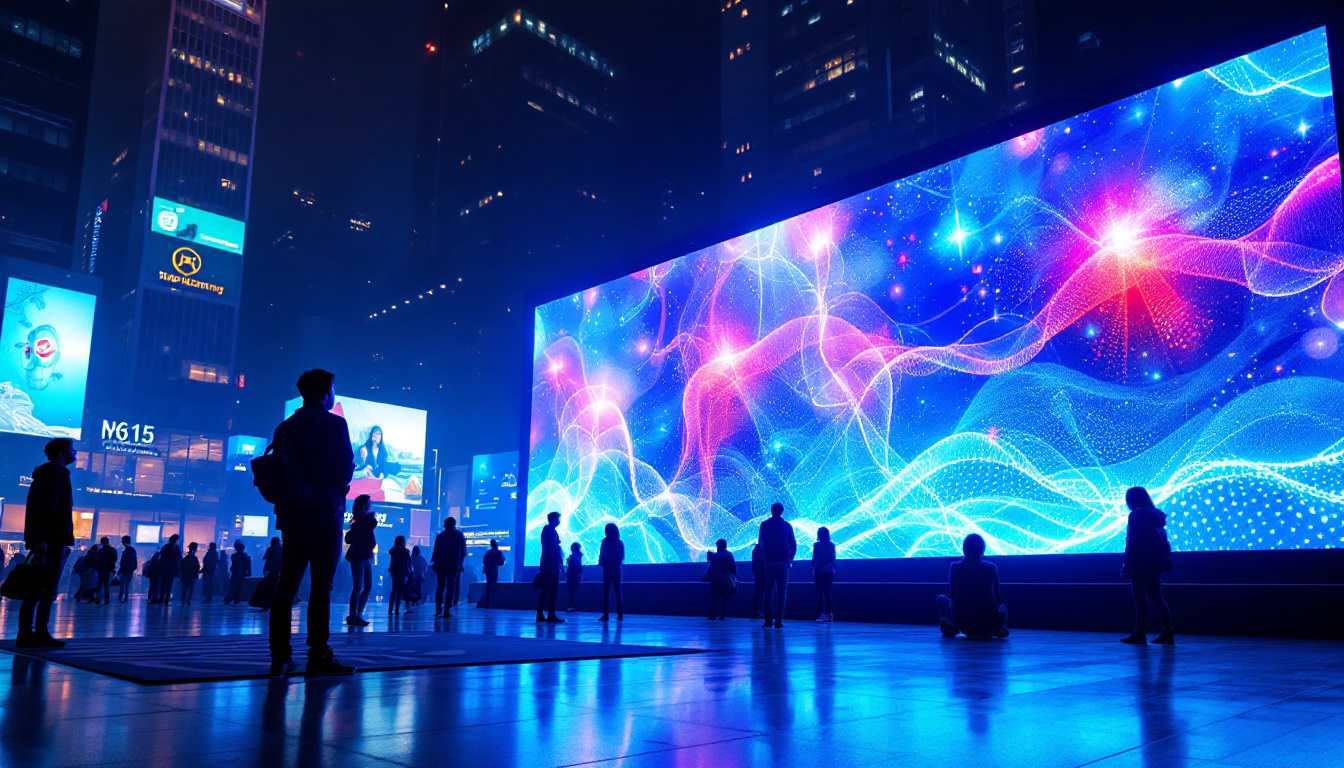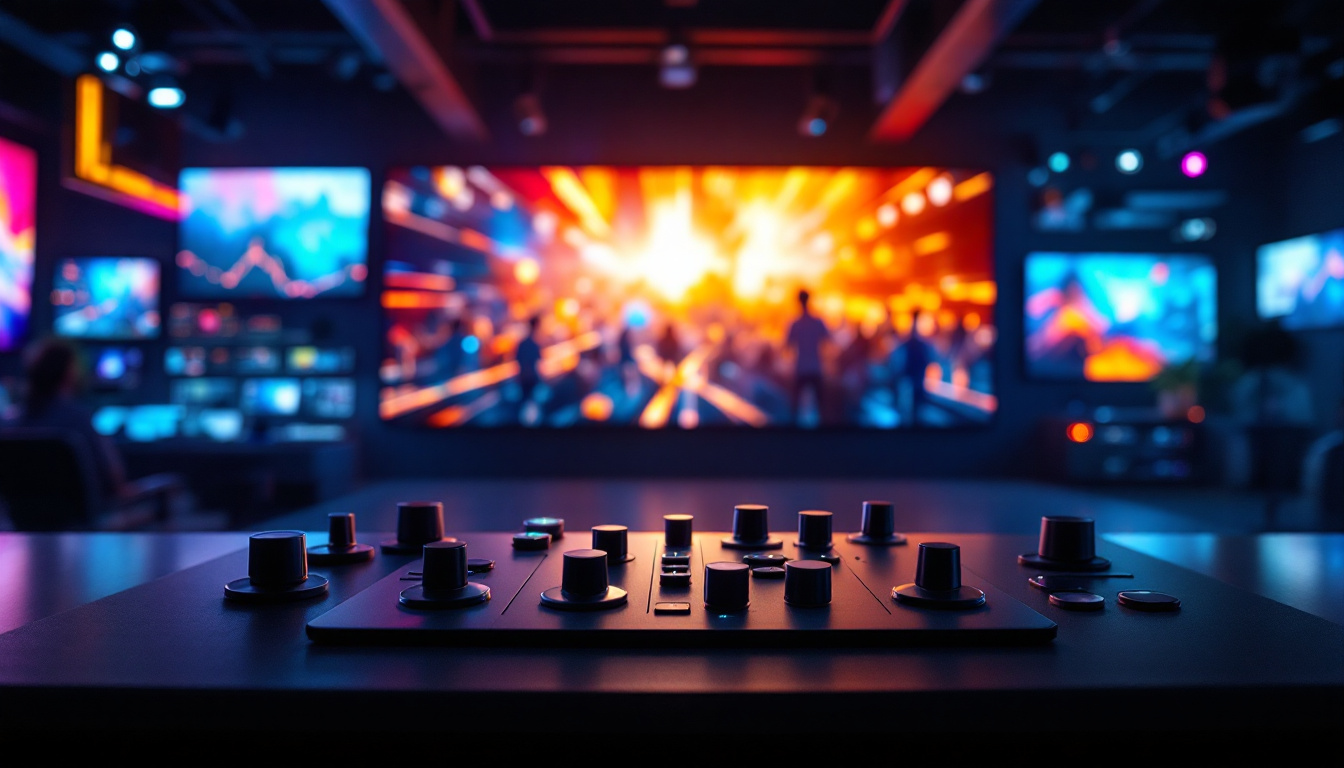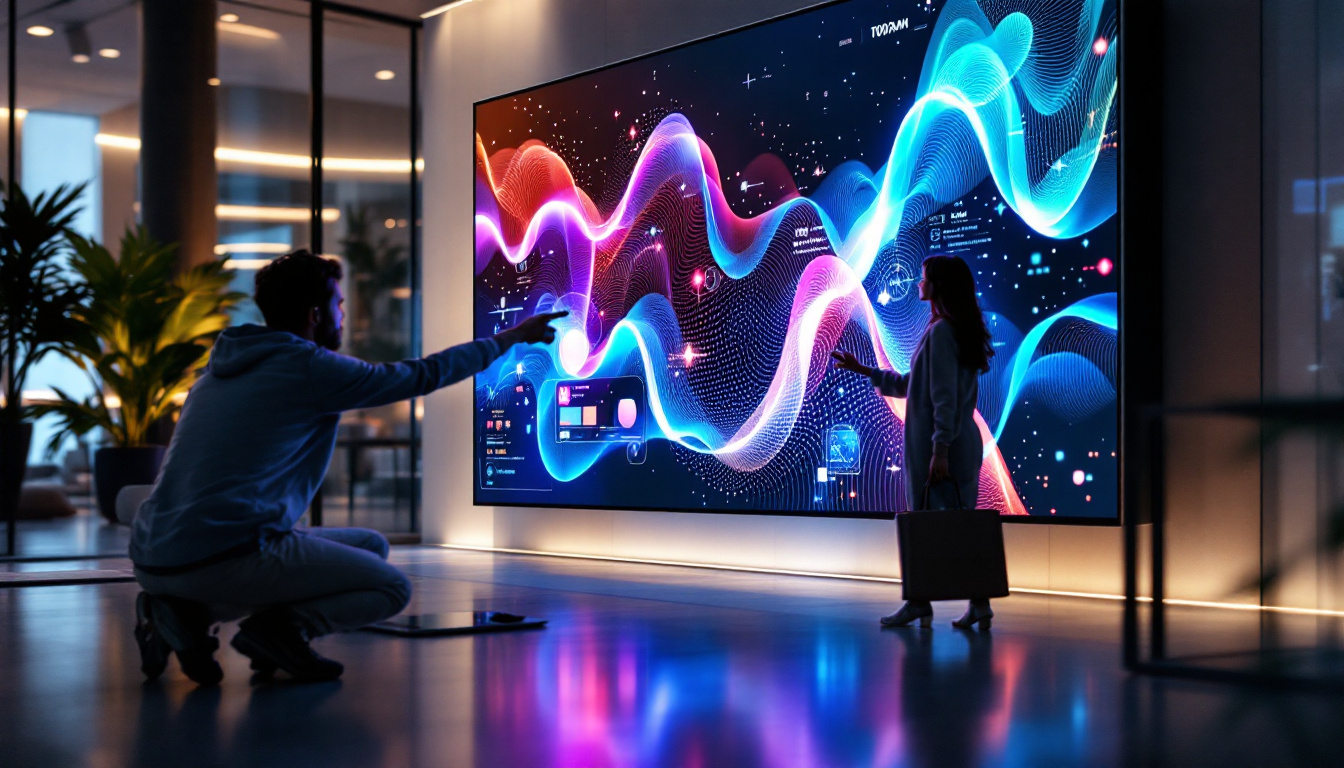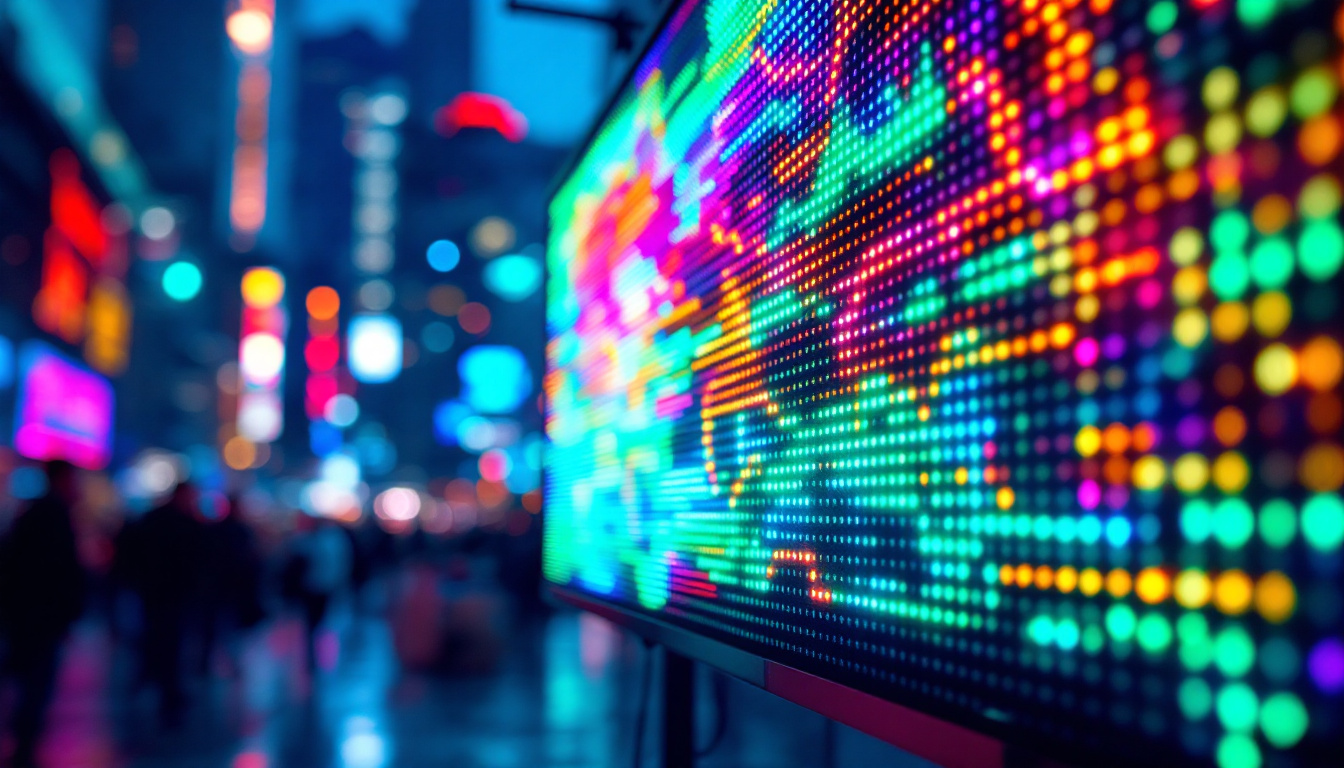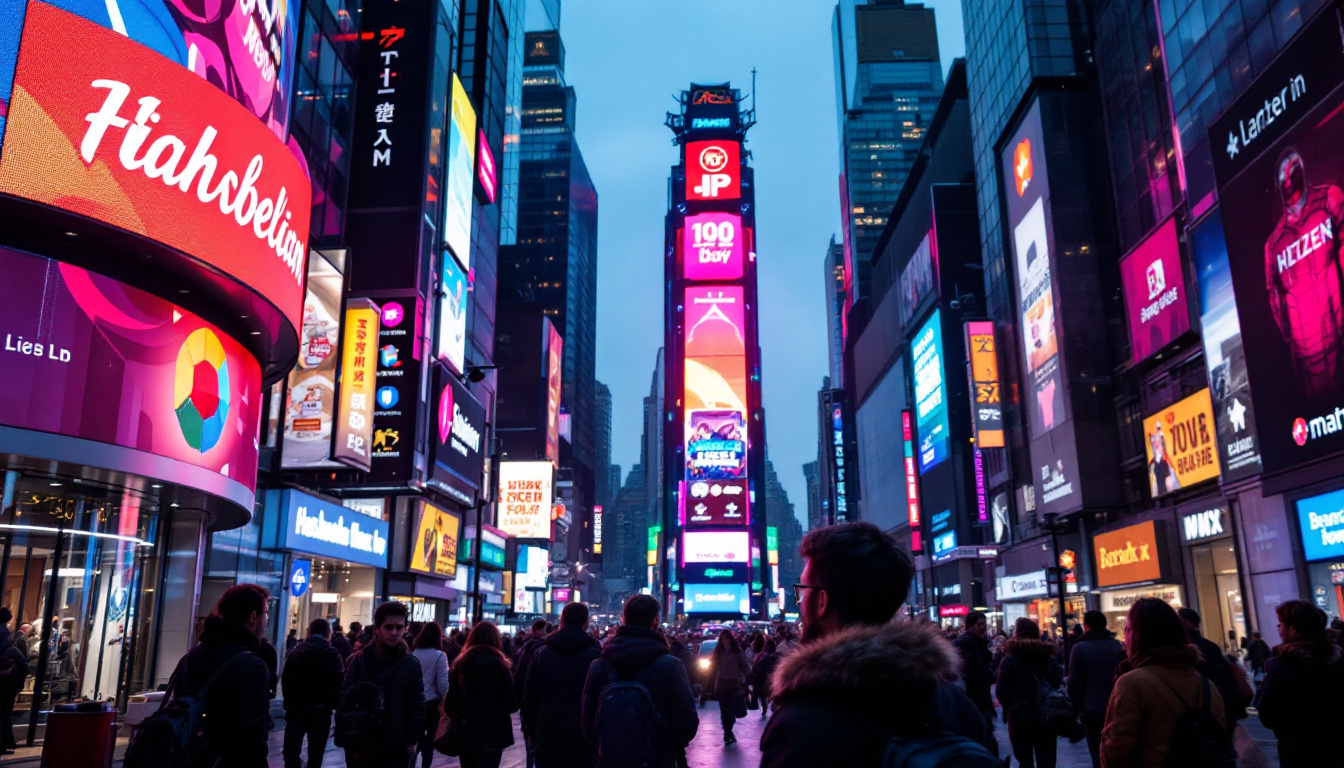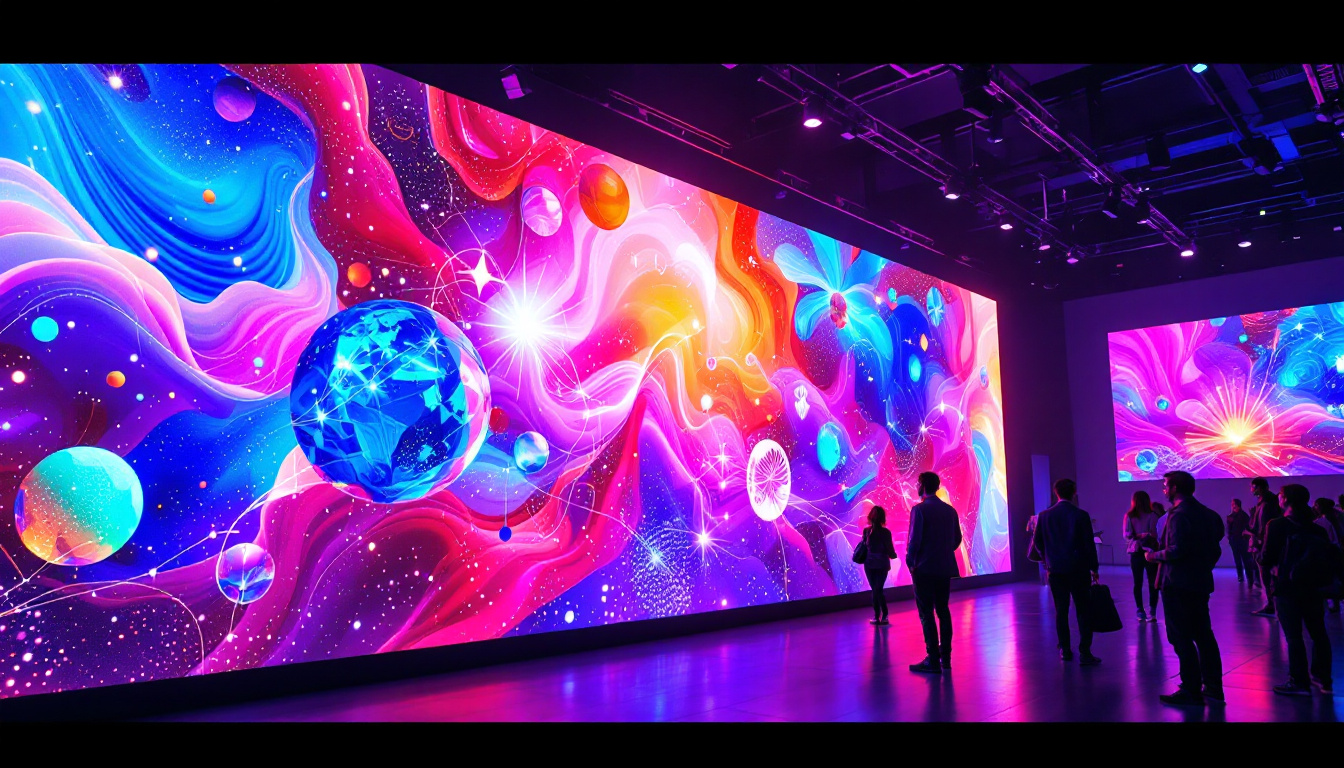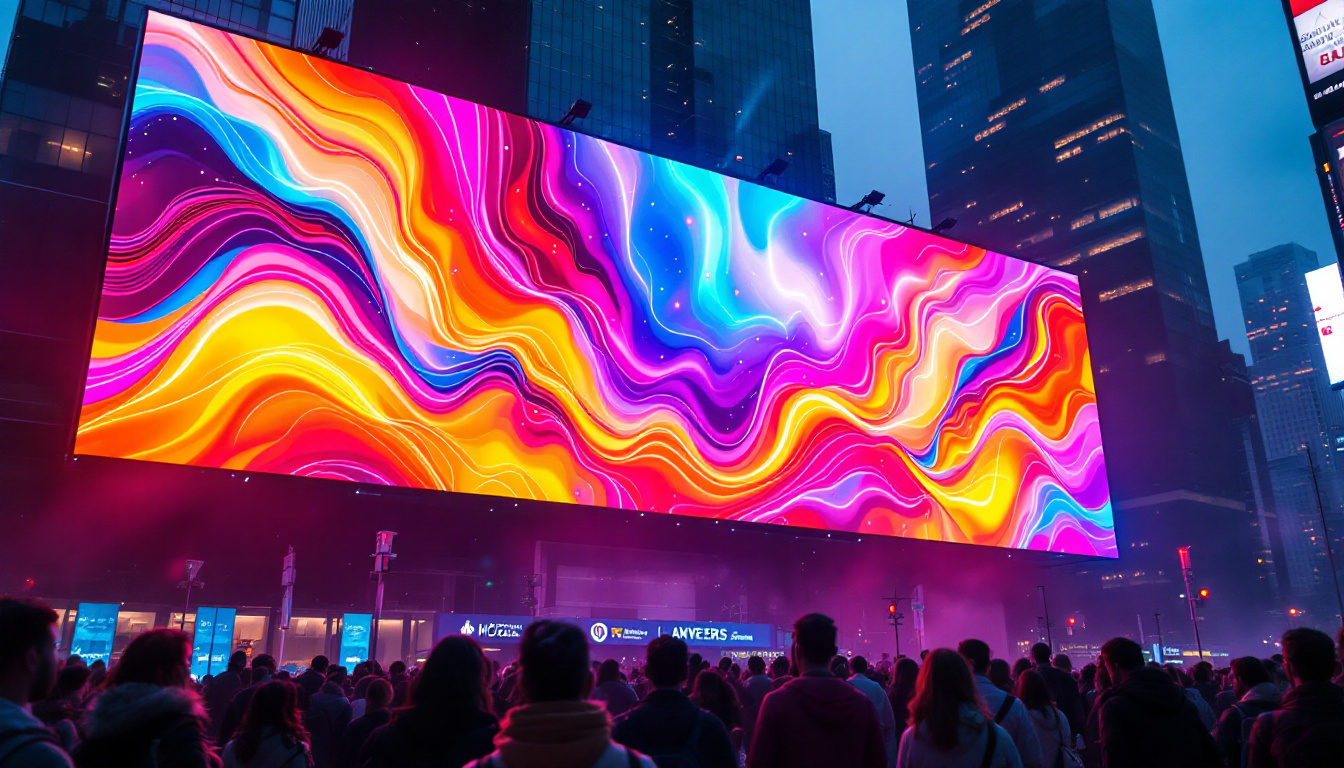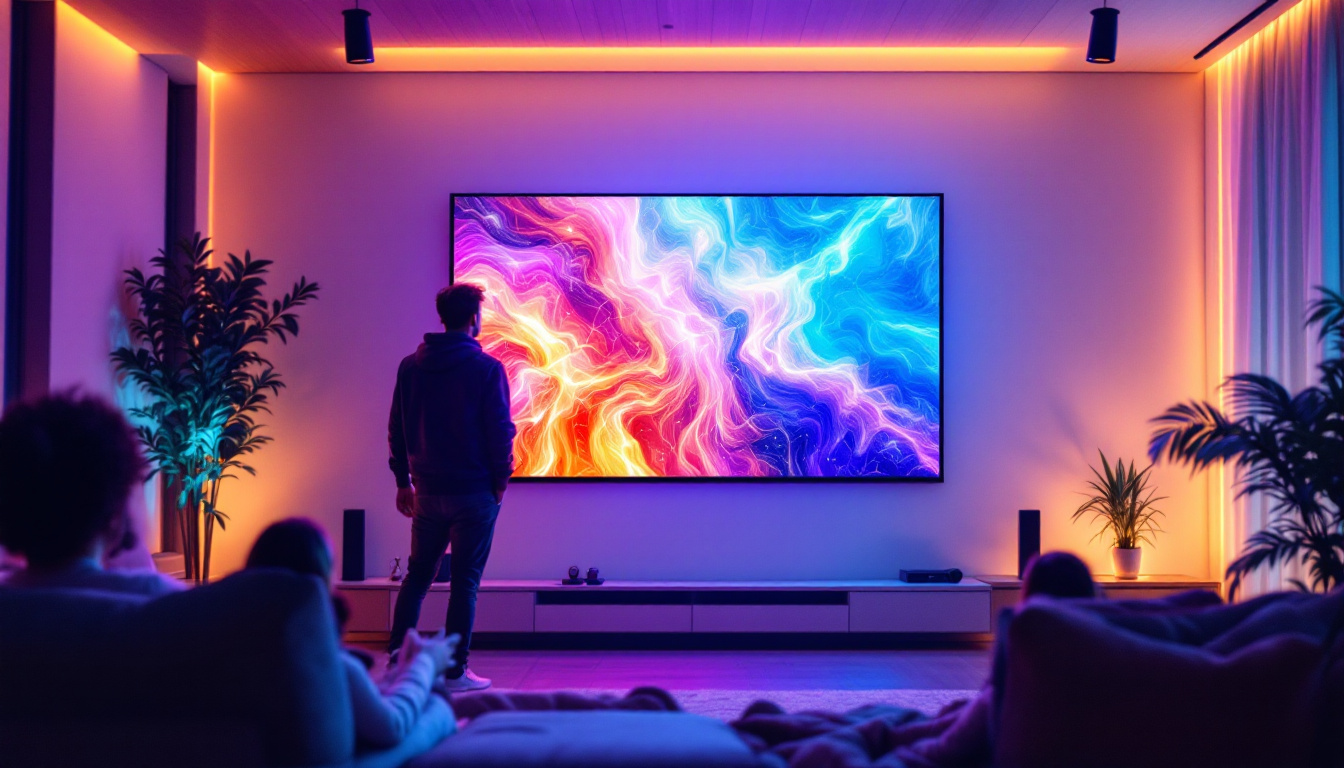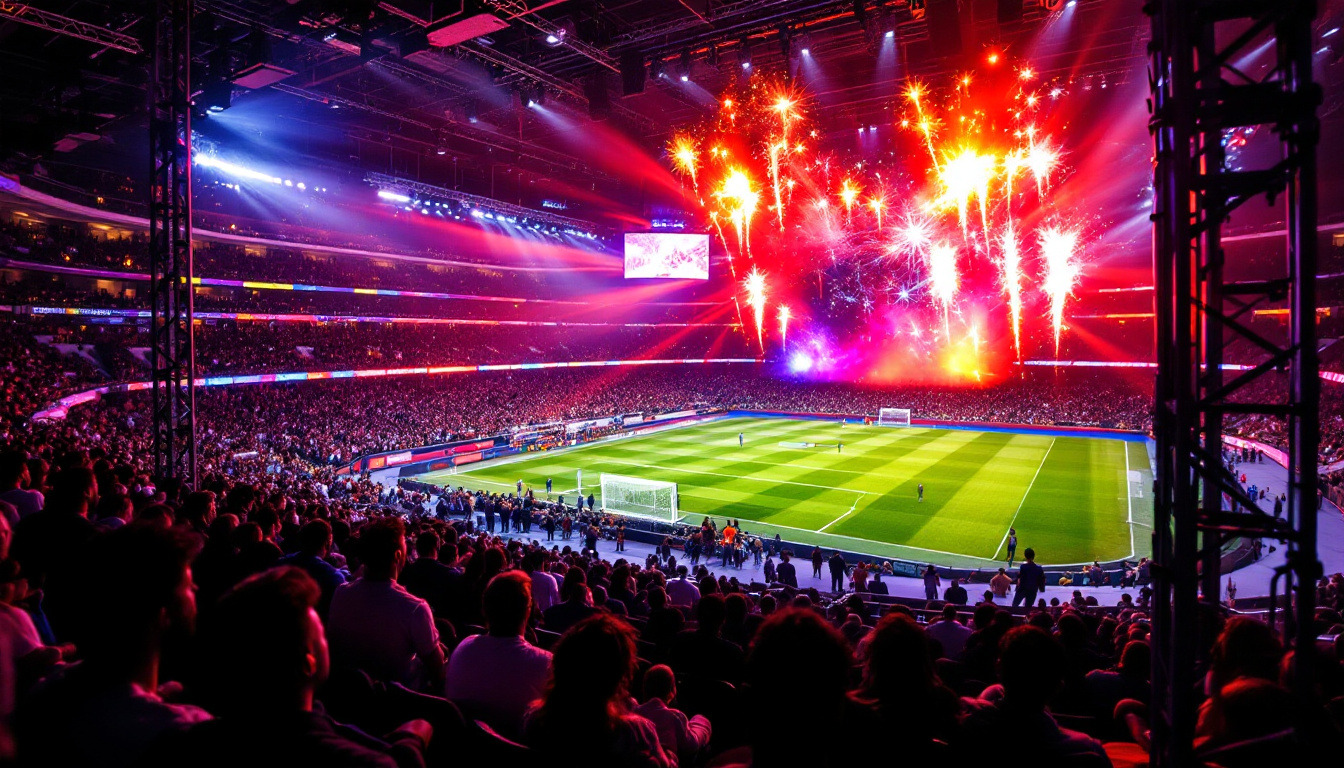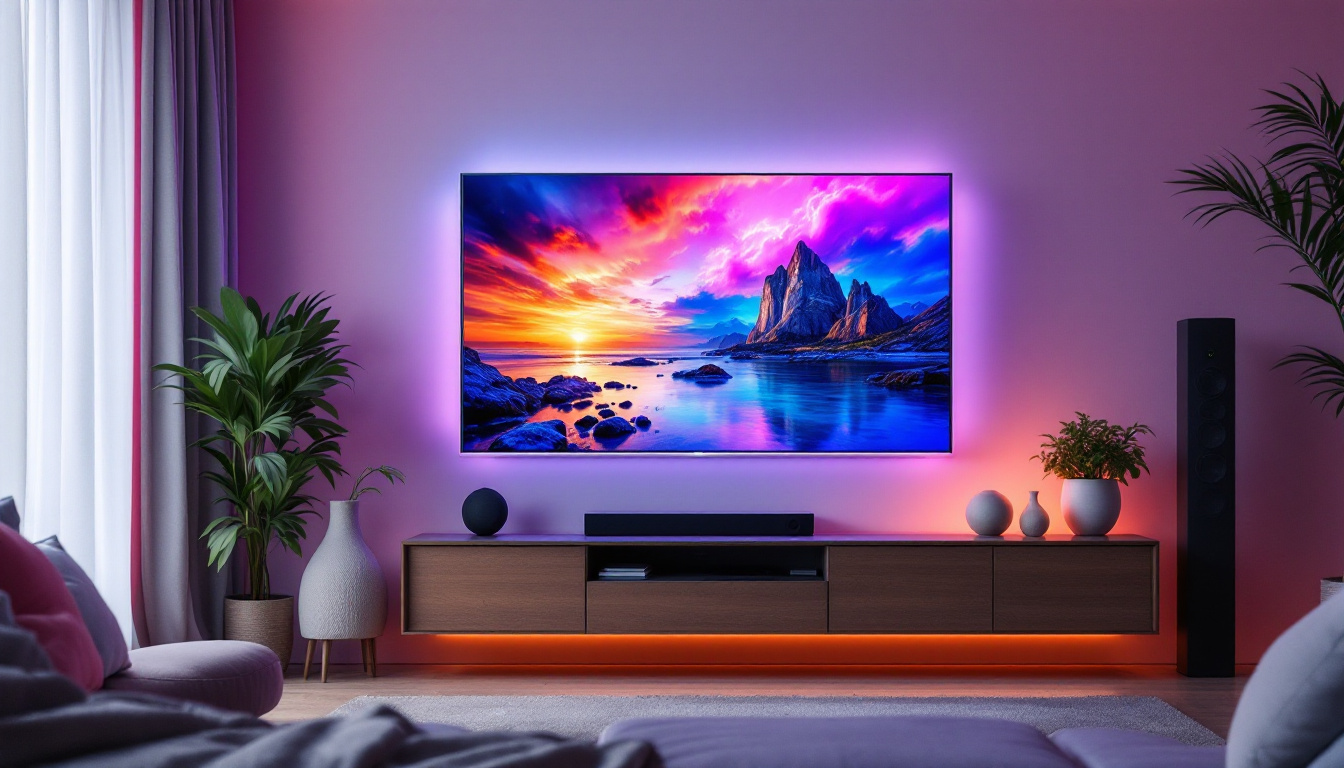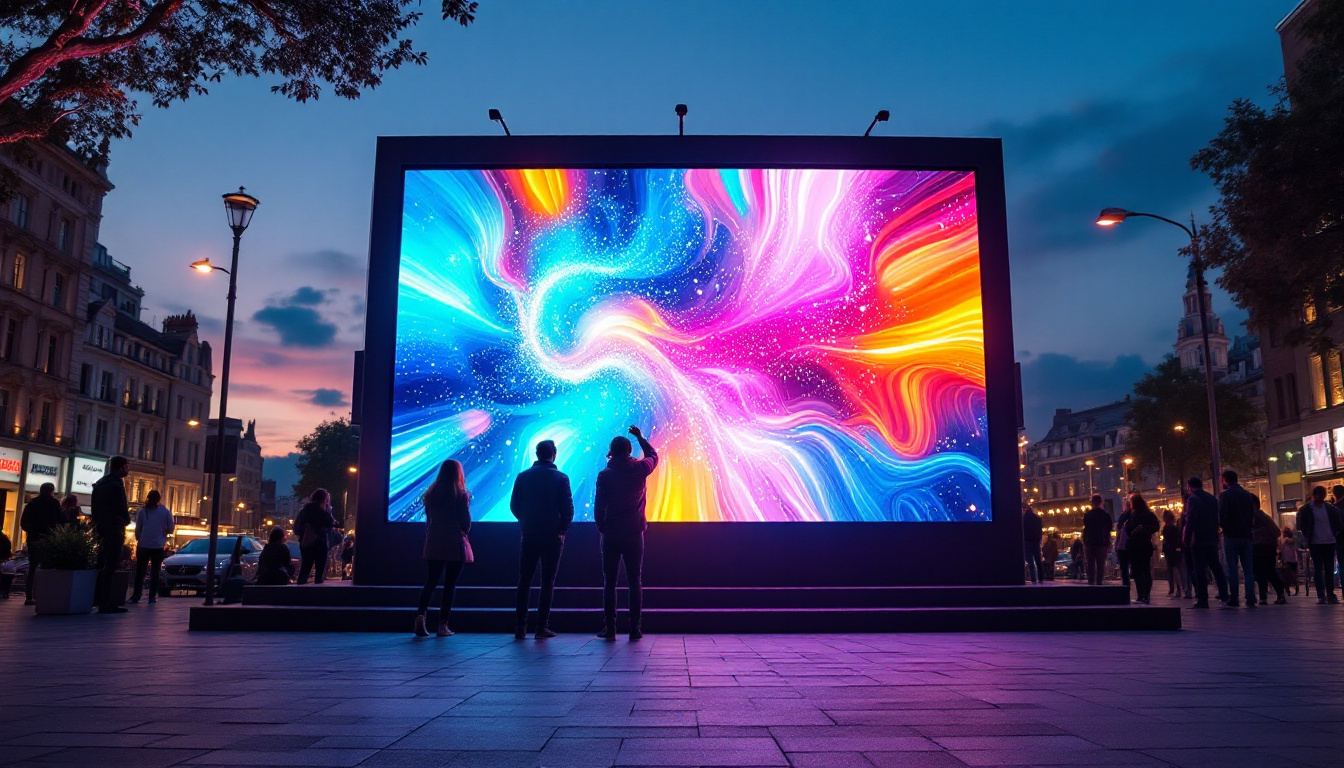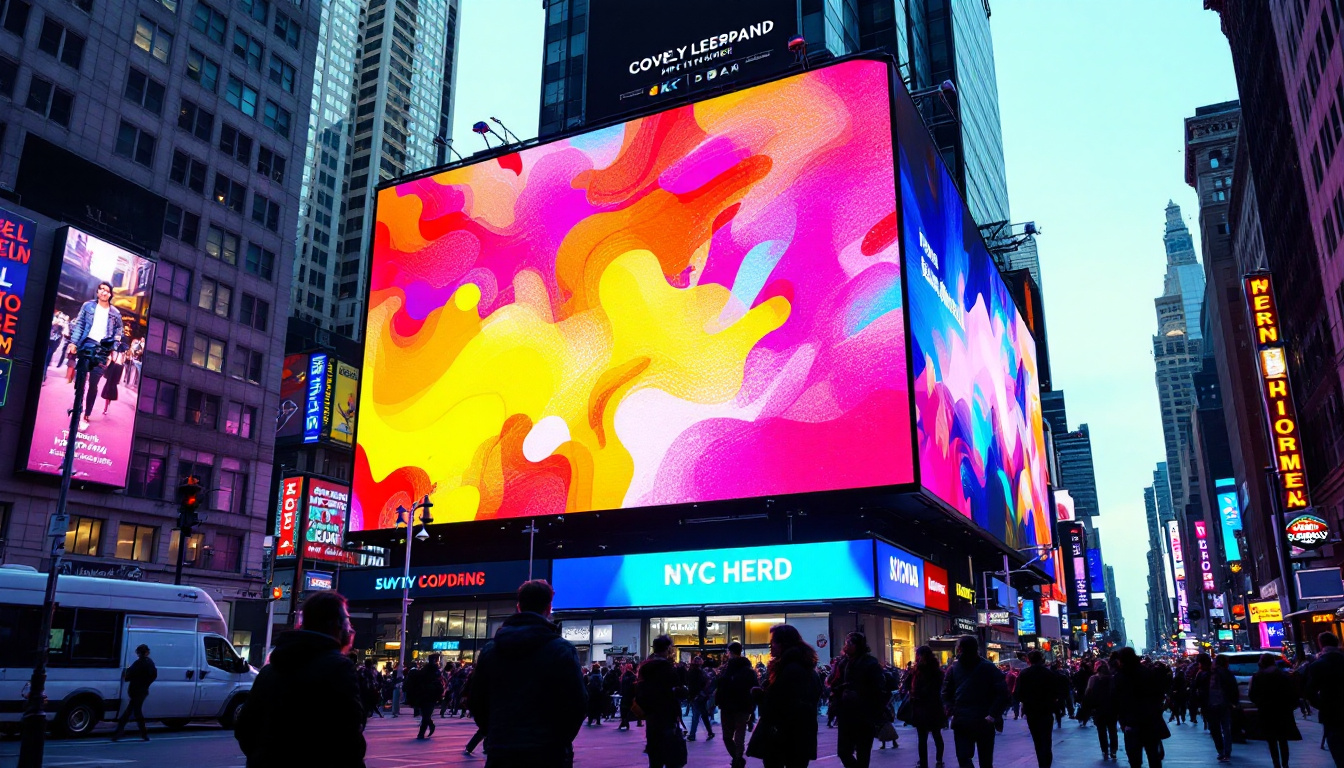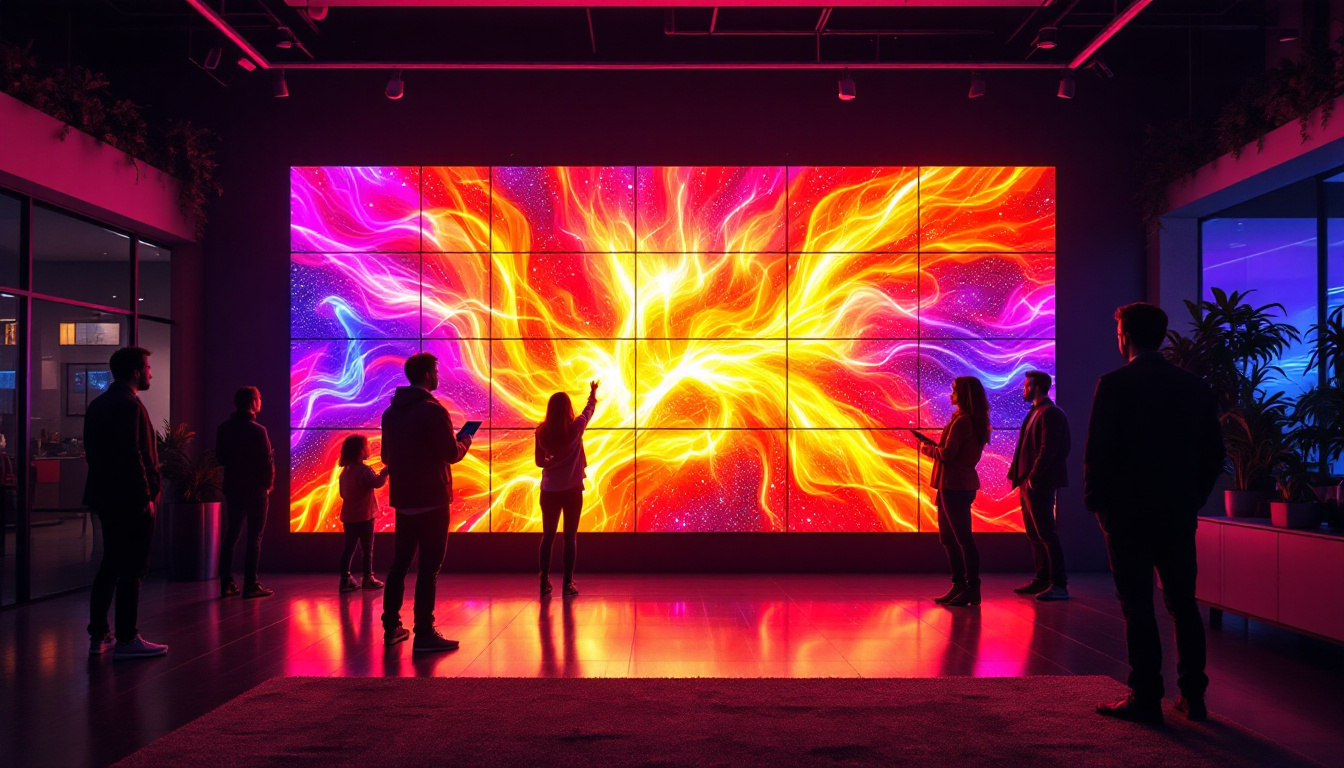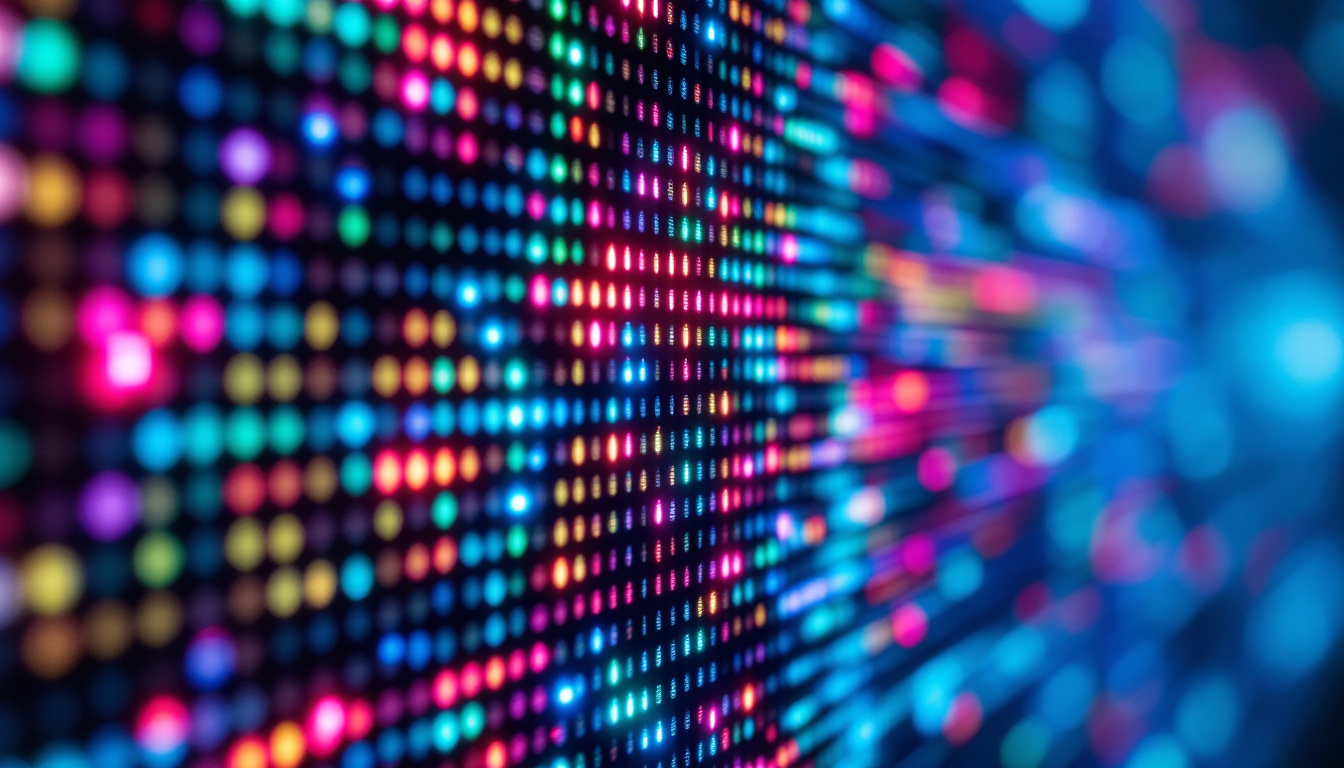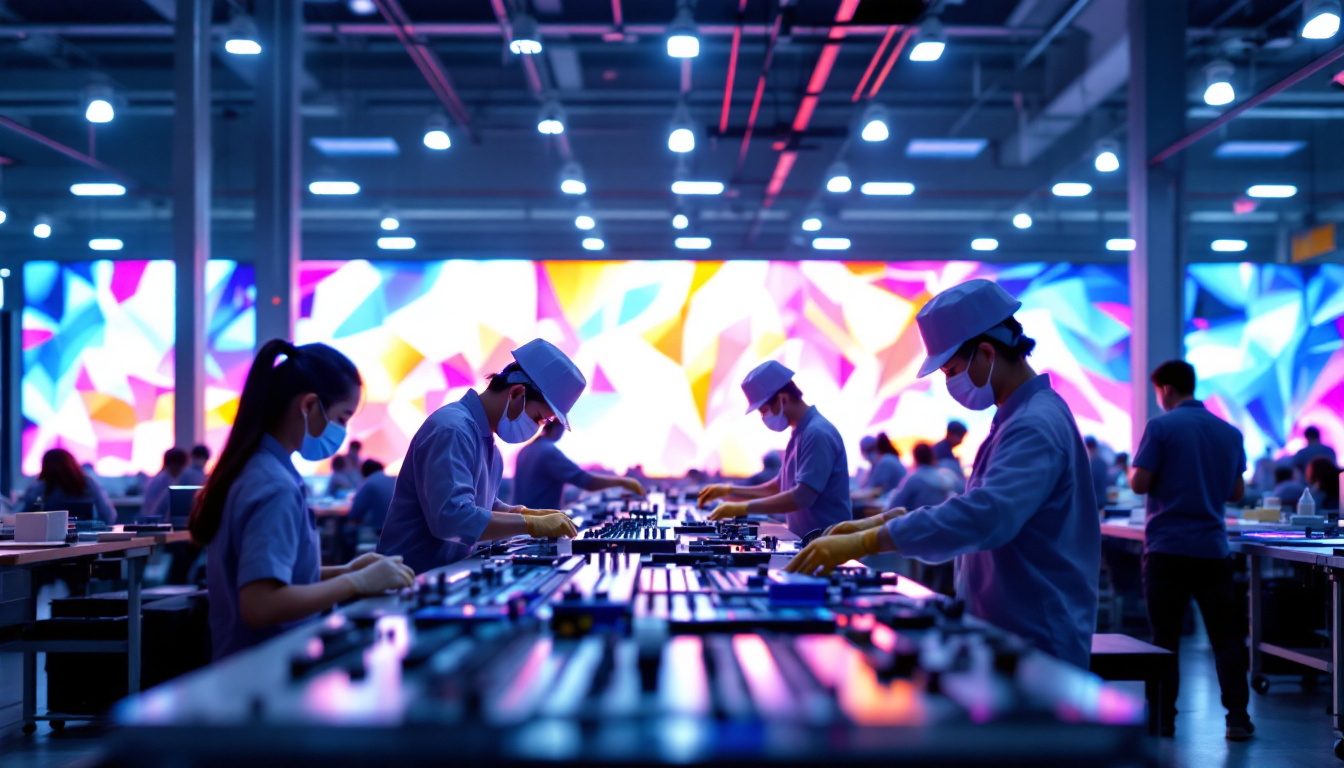In the modern world, where visual communication is paramount, LED displays have emerged as a powerful medium for conveying information. The term “Letrero Led” refers to LED signs or displays that are widely used for advertising, information dissemination, and branding. This article delves into the intricacies of LED displays, their functioning, applications, and benefits.
Understanding LED Technology
Light Emitting Diodes (LEDs) are semiconductor devices that emit light when an electric current passes through them. Unlike traditional incandescent bulbs, LEDs are more energy-efficient and have a longer lifespan. This technology has revolutionized the way we perceive and interact with visual displays. The shift towards LED technology has not only improved energy consumption but has also paved the way for innovative applications in various fields, including automotive lighting, architectural design, and even horticulture.
The Science Behind LEDs
At the core of LED technology is the principle of electroluminescence. When electrons recombine with holes in the semiconductor material, energy is released in the form of photons, which we perceive as light. The color of the light emitted depends on the materials used in the semiconductor. For instance, different combinations of gallium, arsenic, and phosphorous can produce various colors. This intricate process is influenced by the bandgap energy of the semiconductor, which determines the wavelength of light emitted. As researchers continue to explore new materials and methods, the potential for creating even more vibrant and efficient light sources expands.
Types of LEDs
LEDs come in various types, each suited for specific applications. The most common types include:
- Standard LEDs: Used in indicators and simple displays.
- High-Power LEDs: Employed in lighting applications and high-brightness displays.
- RGB LEDs: Capable of producing multiple colors by combining red, green, and blue light.
In addition to these common types, there are also specialized LEDs designed for unique purposes. For example, Organic LEDs (OLEDs) utilize organic compounds to emit light and are widely used in modern screens due to their ability to produce high-quality images with deep blacks and vibrant colors. Another interesting variant is the Ultraviolet (UV) LED, which has applications in sterilization and curing processes, taking advantage of its ability to emit light in the UV spectrum. The versatility of LED technology continues to inspire advancements, leading to new applications that were once thought impossible.
How LED Displays Work
LED displays consist of an array of LEDs arranged in a grid. Each LED can be individually controlled to create images, animations, or text. The versatility of LED displays allows for various configurations, making them suitable for both indoor and outdoor environments. Their energy efficiency and longevity compared to traditional display technologies, such as LCD and CRT, have made them increasingly popular in a variety of applications, from advertising billboards to large-scale event screens.
Pixel Configuration
The resolution of an LED display is determined by its pixel configuration. Each pixel is made up of multiple LEDs, typically one red, one green, and one blue. By adjusting the intensity of each LED, a wide range of colors can be produced. The tighter the pixel pitch (the distance between pixels), the higher the resolution and clarity of the display. For instance, a pixel pitch of 2.5mm offers a sharper image than one with a pitch of 10mm, making it ideal for close viewing distances. This capability is particularly advantageous in environments such as concert venues or sports arenas, where spectators are often positioned close to the screen.
Control Systems
LED displays are controlled by sophisticated software that allows users to create and manage content. This software can be integrated with various input devices, enabling real-time updates. Content can range from static images to dynamic videos, making LED displays highly engaging. The control systems often include features such as scheduling, remote access, and content management, which allow operators to easily update messages or visuals based on time-sensitive information or audience engagement. Additionally, advancements in cloud technology have facilitated the rise of networked LED displays, enabling seamless content sharing and synchronization across multiple screens, which is particularly useful for large-scale advertising campaigns or coordinated events.
Moreover, the integration of sensors and data analytics into LED display systems is revolutionizing how content is delivered. For example, some displays can adjust brightness based on ambient light conditions, ensuring optimal visibility at all times. Others may utilize audience measurement technologies to analyze viewer engagement, allowing advertisers to tailor their messages more effectively. This level of interactivity not only enhances the viewer experience but also maximizes the impact of advertising efforts, making LED displays an invaluable tool in modern marketing strategies.
Applications of LED Displays
The versatility of LED displays has led to their adoption across various sectors. From advertising to public information, the applications are vast and varied.
Advertising and Marketing
One of the most prominent uses of LED displays is in advertising. Businesses utilize these displays to capture the attention of potential customers with vibrant colors and dynamic content. LED billboards, for instance, can showcase advertisements that change frequently, ensuring that viewers are always presented with fresh content. This capability not only enhances brand visibility but also allows for targeted marketing strategies, as businesses can tailor their messages based on the time of day or specific events occurring in the vicinity.
Moreover, the interactive nature of some LED displays enables businesses to engage customers in real-time. Touchscreen capabilities or QR code integrations can lead to immediate customer interaction, driving traffic to websites or social media platforms. This fusion of digital and physical marketing creates a more immersive experience, which can significantly increase consumer interest and conversion rates.
Public Information Systems
LED displays are also widely used in public information systems, such as transportation hubs. Train stations and airports often feature LED displays that provide real-time updates on schedules, delays, and important announcements. Their visibility and clarity make them ideal for conveying critical information to large audiences. In addition to traditional transportation uses, LED displays have found their way into smart city initiatives, where they serve as integral components for disseminating information about local events, emergency alerts, and even weather updates.
Furthermore, the integration of LED technology in public spaces enhances safety and accessibility. For instance, LED displays can be programmed to provide multilingual support, catering to diverse populations and ensuring that vital information reaches everyone. This adaptability is crucial in emergency situations, where clear and immediate communication can make a significant difference in public safety and awareness.
Benefits of Using LED Displays
The advantages of LED displays over traditional signage are numerous. Their efficiency, adaptability, and visual appeal make them a preferred choice for many organizations. In an age where capturing attention is paramount, LED displays offer a dynamic solution that can transform the way businesses communicate with their audiences.
Energy Efficiency
LED displays consume significantly less power compared to traditional lighting solutions. This energy efficiency translates into lower operational costs, making them an economically viable option for businesses. Additionally, the long lifespan of LEDs reduces the need for frequent replacements, further enhancing cost-effectiveness. Many LED displays can last up to 100,000 hours, which means that businesses can enjoy years of reliable service without the hassle of constant maintenance. This longevity not only saves money but also contributes to a more sustainable approach to advertising, as fewer resources are consumed over time.
High Visibility
One of the standout features of LED displays is their brightness. They can be easily seen in various lighting conditions, including direct sunlight. This high visibility ensures that messages are communicated effectively, regardless of the environment. Furthermore, the vibrant colors and sharp images produced by LED technology can attract and engage viewers more effectively than static signs. This capability allows businesses to convey their messages in a more compelling manner, whether it’s a promotional offer, event announcement, or brand message. The ability to change content quickly and easily also means that organizations can keep their displays fresh and relevant, adapting to seasonal changes or special events with minimal effort.
Versatility and Customization
LED displays are incredibly versatile, allowing for a wide range of applications across different industries. From retail storefronts to sports arenas, and even in transportation hubs, these displays can be tailored to fit specific needs. Businesses can choose from various sizes, resolutions, and configurations to create a display that perfectly aligns with their branding and messaging goals. Moreover, the capability to incorporate animations and video content adds an extra layer of engagement, enabling brands to tell their stories more dynamically. This level of customization not only enhances the viewer’s experience but also helps businesses stand out in a crowded marketplace, making their messages more memorable and impactful.
Challenges and Considerations
While LED displays offer numerous benefits, there are also challenges and considerations that potential users should be aware of.
Initial Costs
The initial investment for LED displays can be substantial. Although they offer long-term savings, the upfront costs may deter some businesses from making the switch. It is essential to weigh the long-term benefits against the initial expenditure.
Content Management
Managing content on LED displays requires a certain level of technical expertise. Organizations must ensure that they have the necessary skills or resources to create and update engaging content regularly. Failure to do so can lead to a lack of engagement from the audience.
Future Trends in LED Display Technology
As technology continues to evolve, so too do the capabilities of LED displays. Several trends are emerging that are set to shape the future of this technology.
Smart Displays
With the rise of the Internet of Things (IoT), smart LED displays are becoming increasingly popular. These displays can connect to the internet, allowing for real-time content updates and interaction with users. For example, businesses can use smart displays to tailor advertisements based on the demographics of the audience present.
Flexible and Transparent Displays
Innovation in materials is leading to the development of flexible and transparent LED displays. These displays can be integrated into various surfaces, such as windows and walls, creating immersive experiences without compromising aesthetics. This trend opens up new possibilities for advertising and design.
Conclusion
LED displays, or Letrero Led, represent a significant advancement in visual communication technology. Their energy efficiency, high visibility, and versatility make them an ideal choice for a wide range of applications. As technology continues to evolve, the potential for LED displays will only expand, offering new ways to engage and inform audiences.
In a world where attention is a valuable commodity, investing in LED displays can provide businesses and organizations with a powerful tool for communication. Whether for advertising, public information, or creative expression, the future of LED technology is bright.
Discover the Future of Visual Communication with LumenMatrix
Ready to elevate your visual messaging and captivate your audience like never before? Explore LumenMatrix’s comprehensive range of LED display solutions, from the vibrant Indoor LED Wall Display to the dynamic Outdoor LED Wall Display, and beyond. Embrace the innovation of Vehicle LED Displays, LED Poster Displays, and the immersive experience of LED Sports and Floor Displays. With custom and All-in-One LED Display options, including the cutting-edge LED Transparent Display, LumenMatrix is at the forefront of transforming spaces and experiences. Check out LumenMatrix LED Display Solutions today and join the revolution in visual communication.

